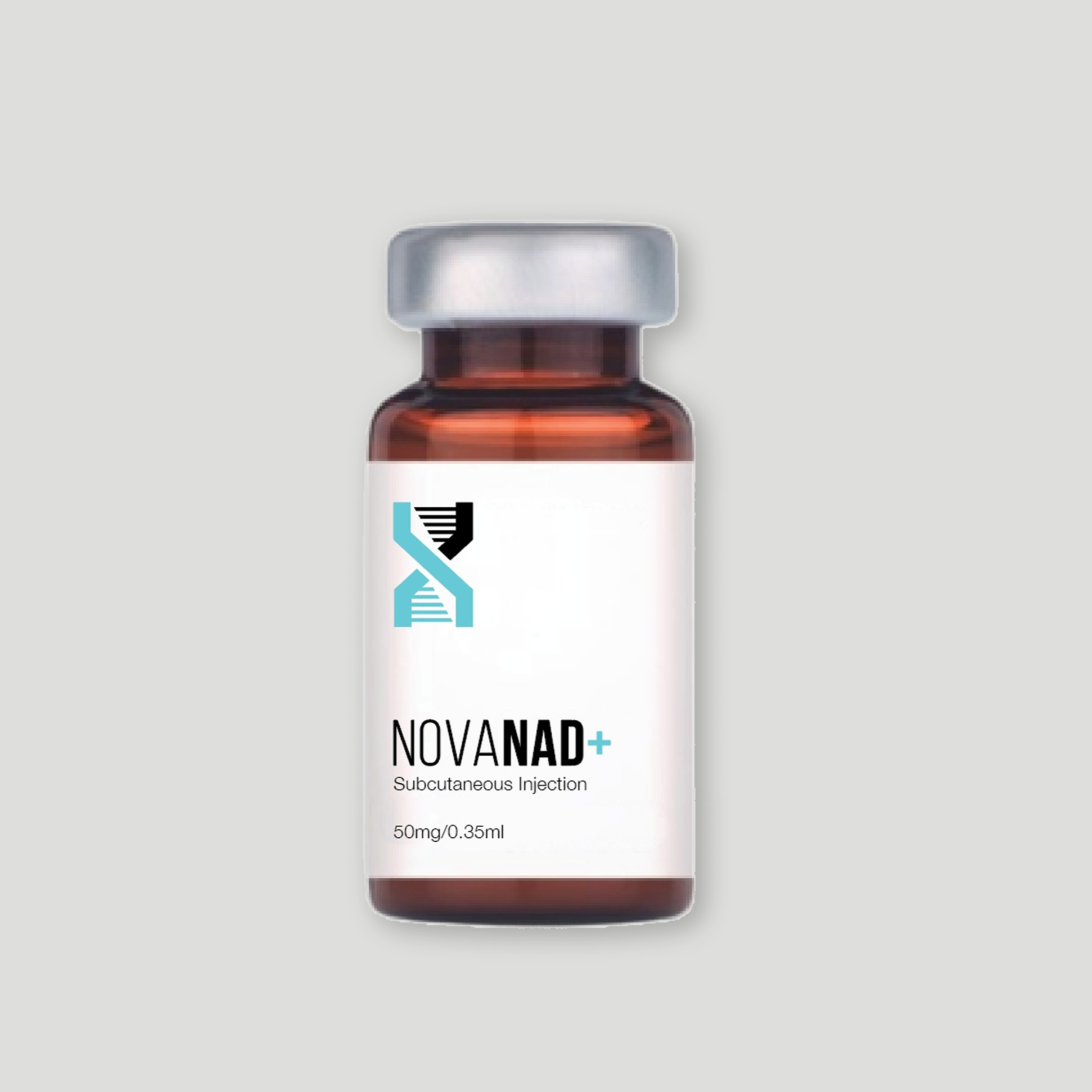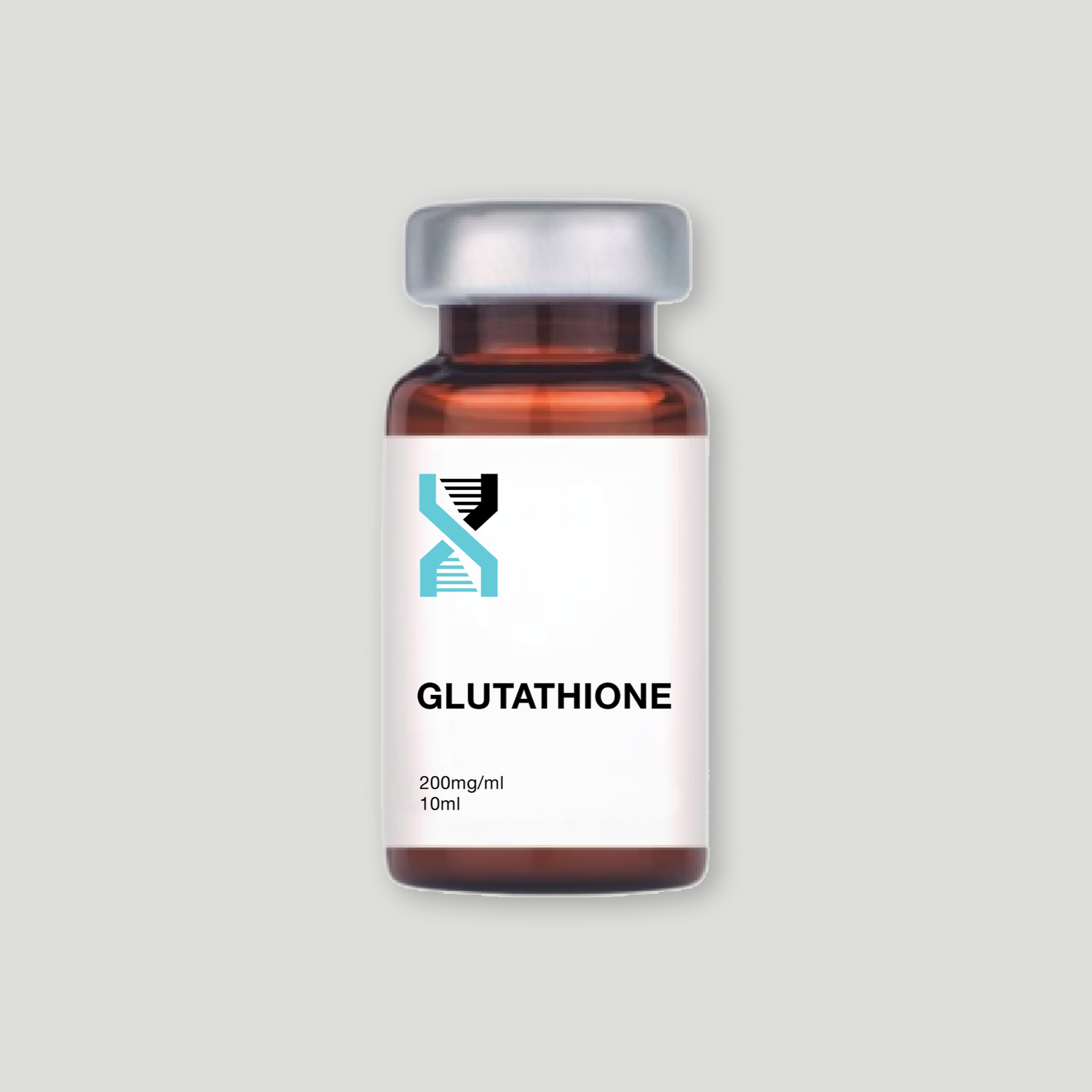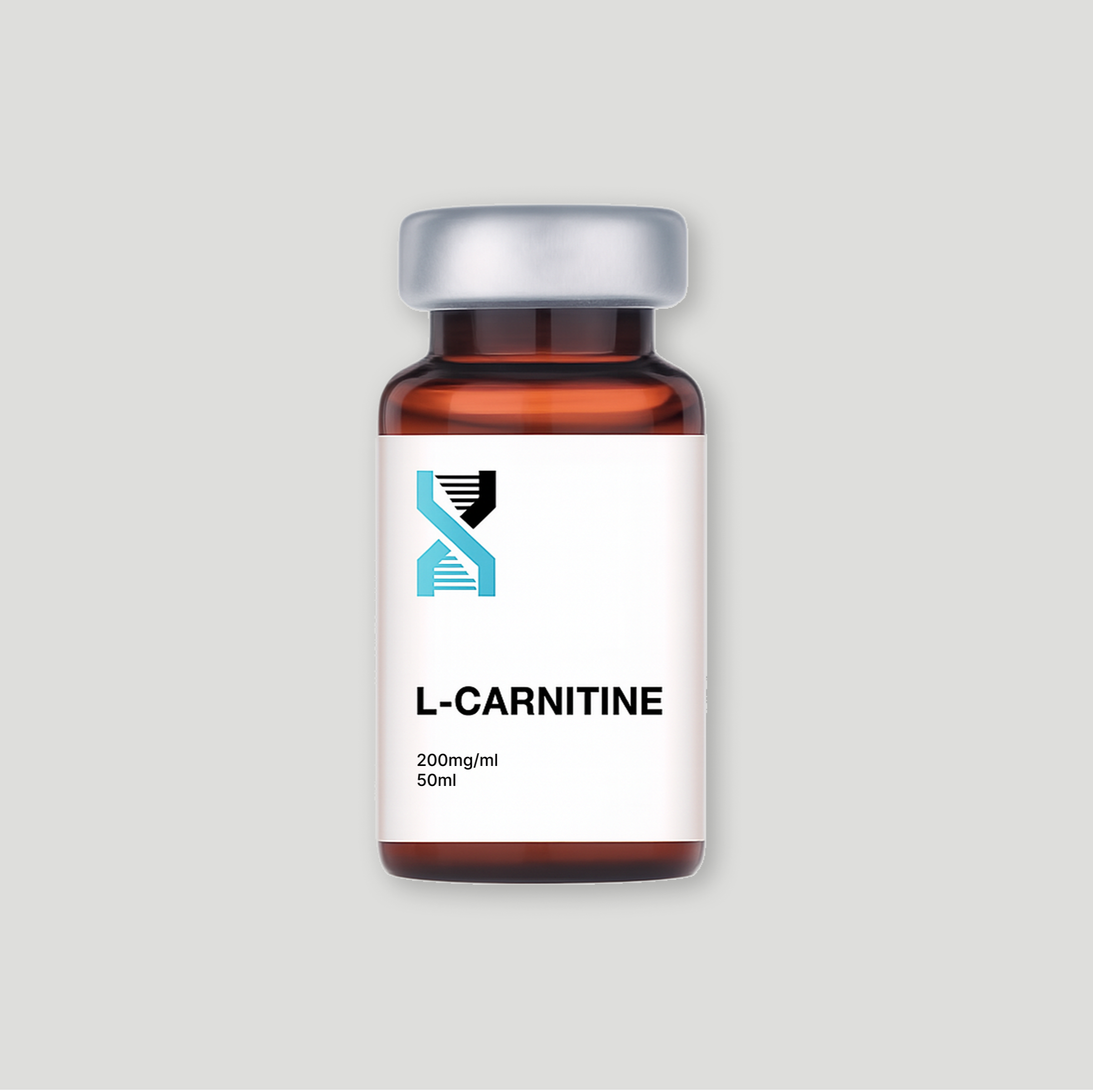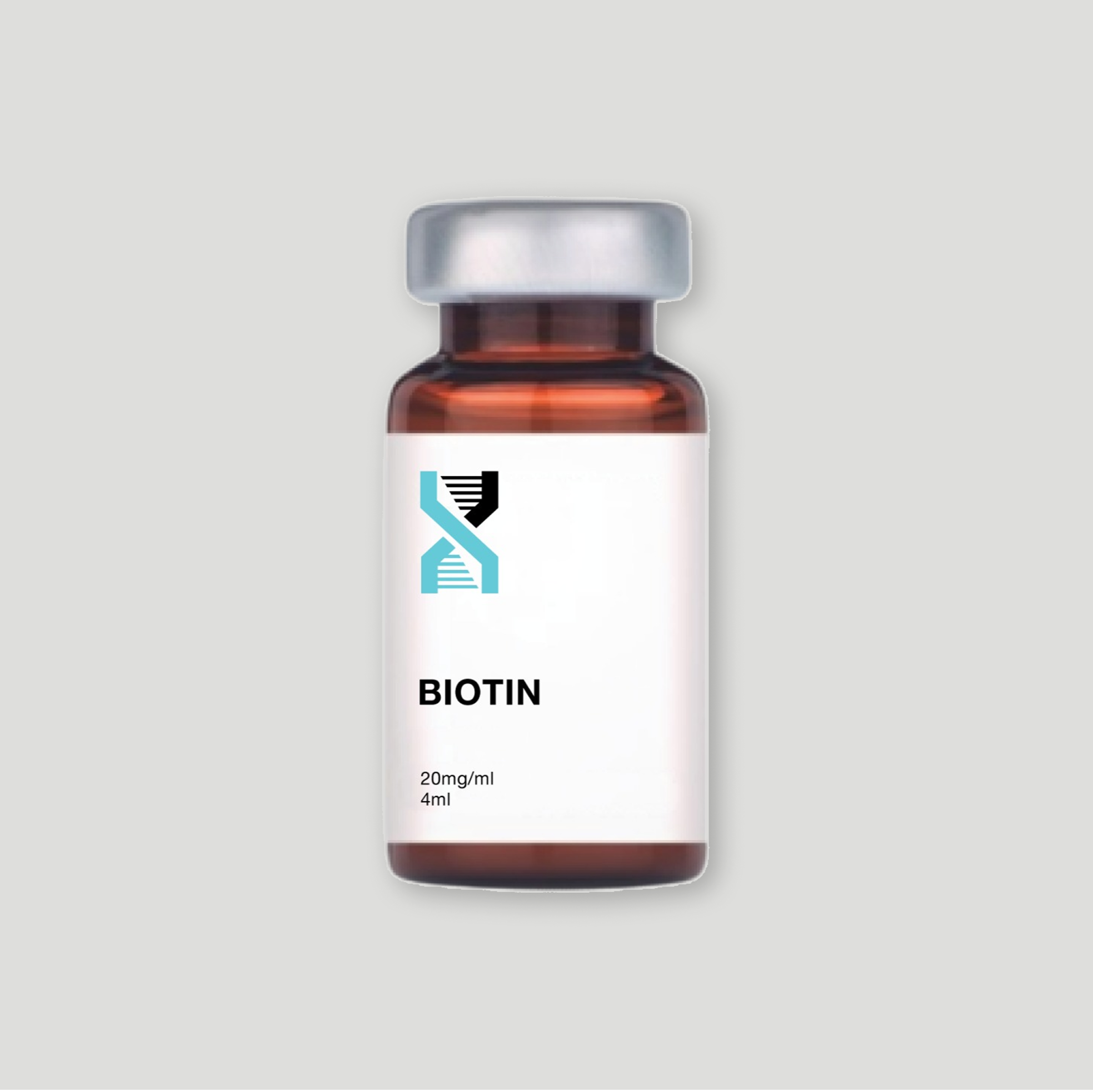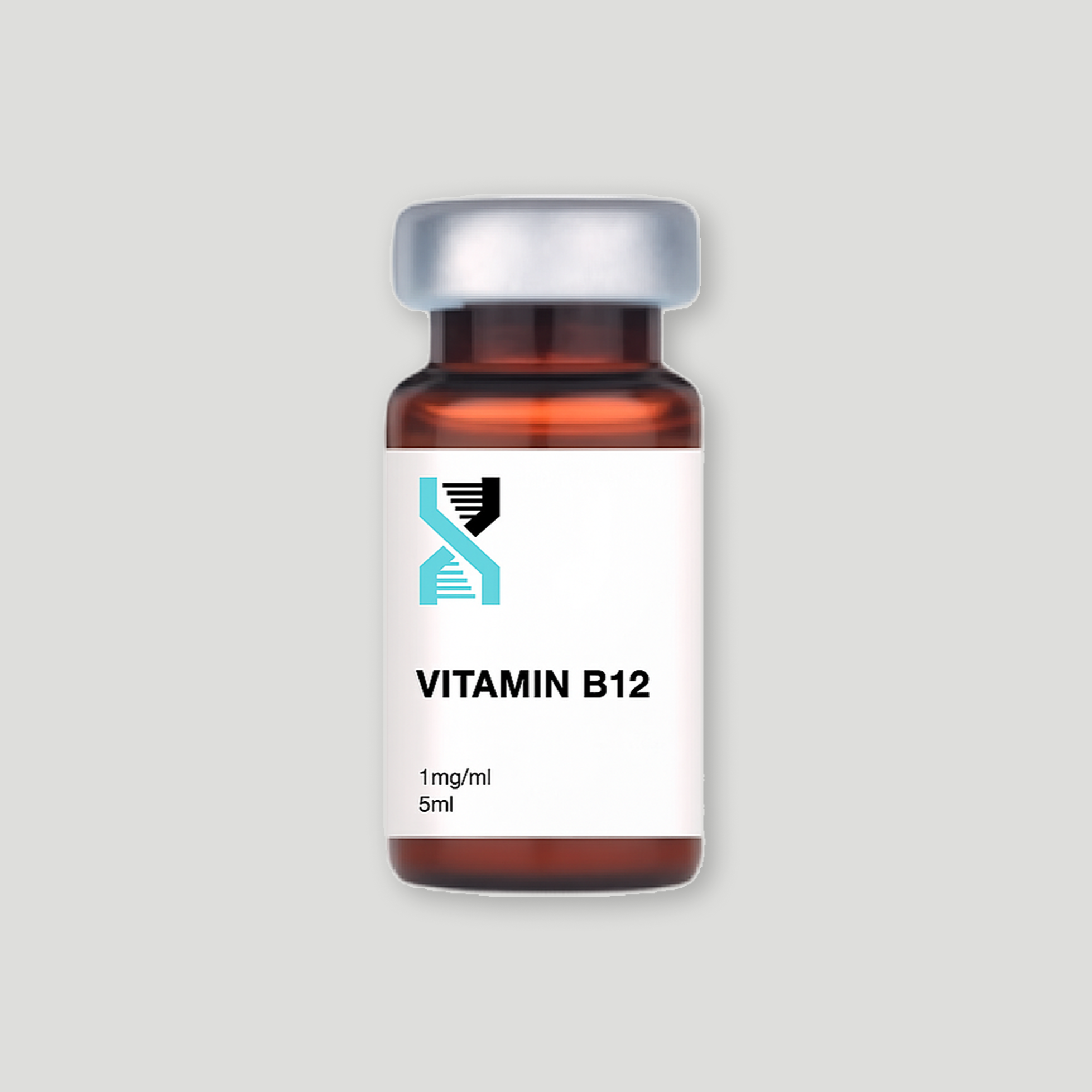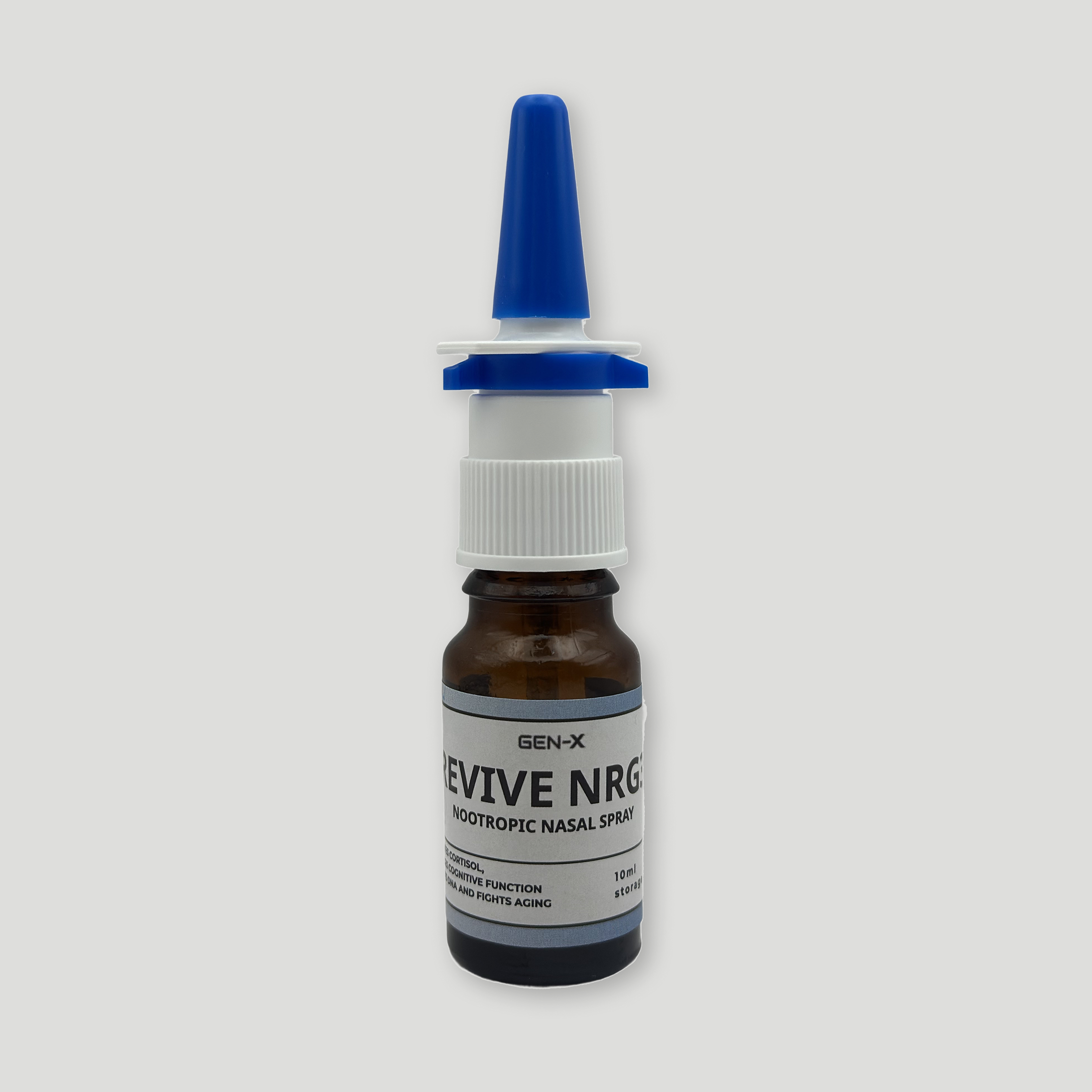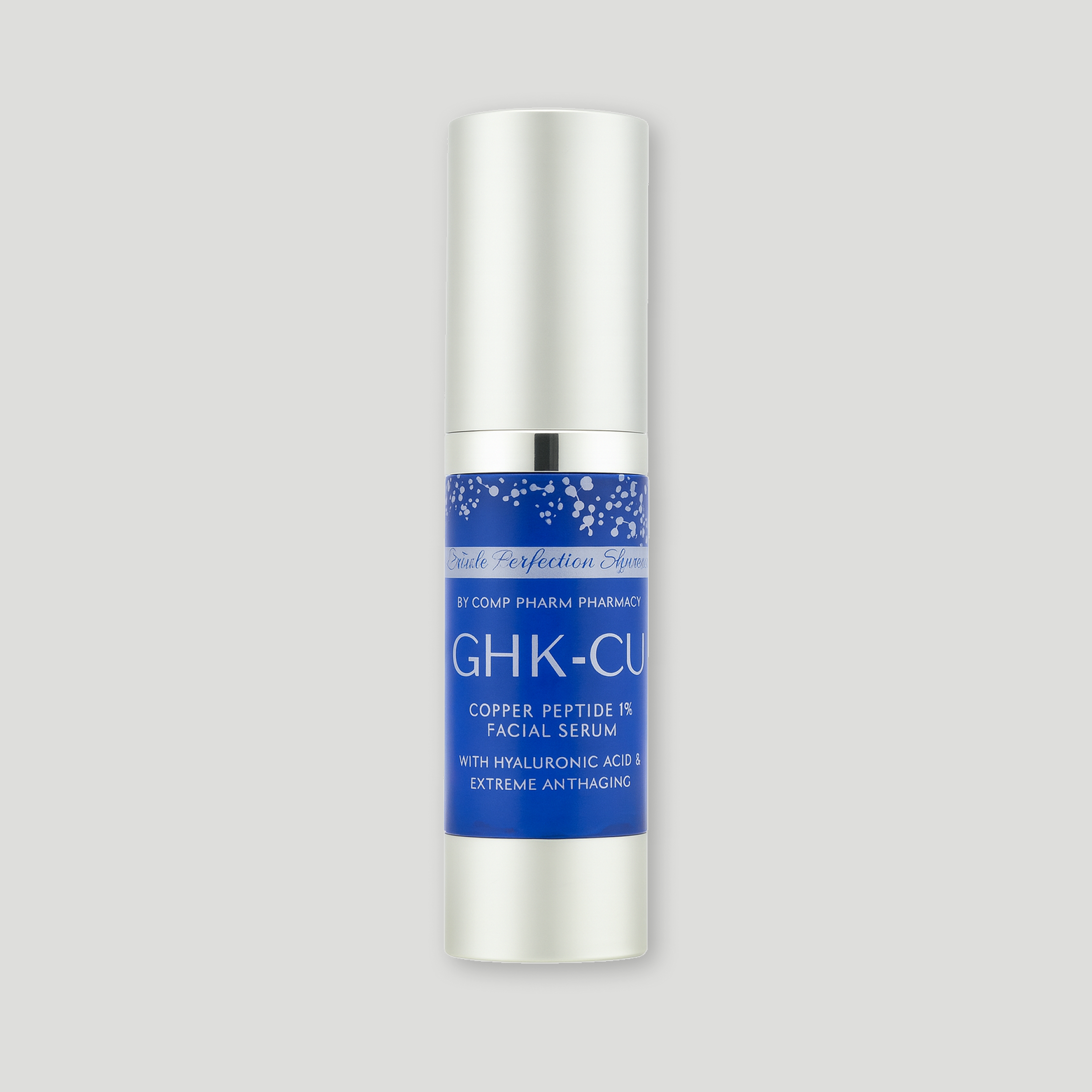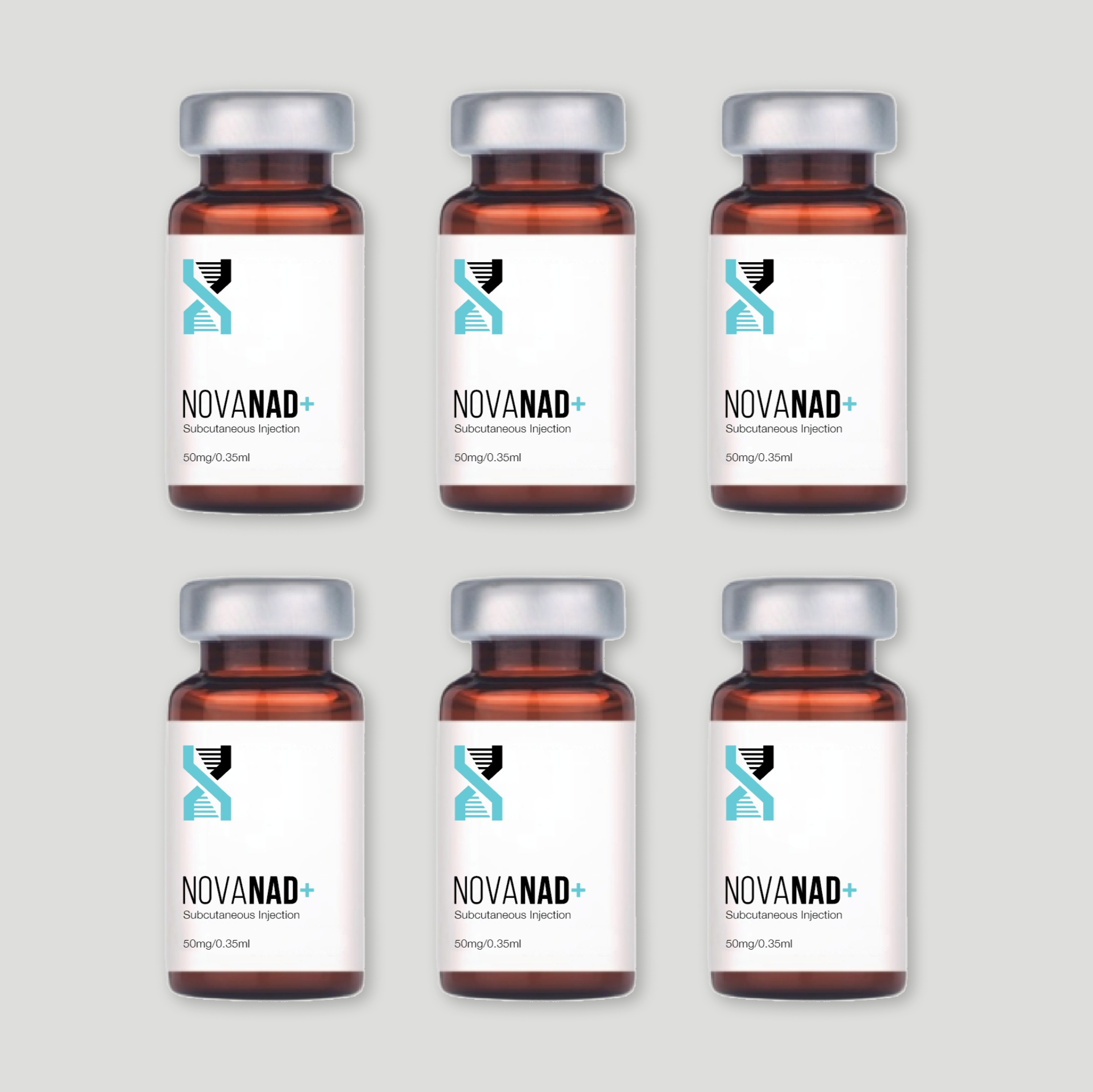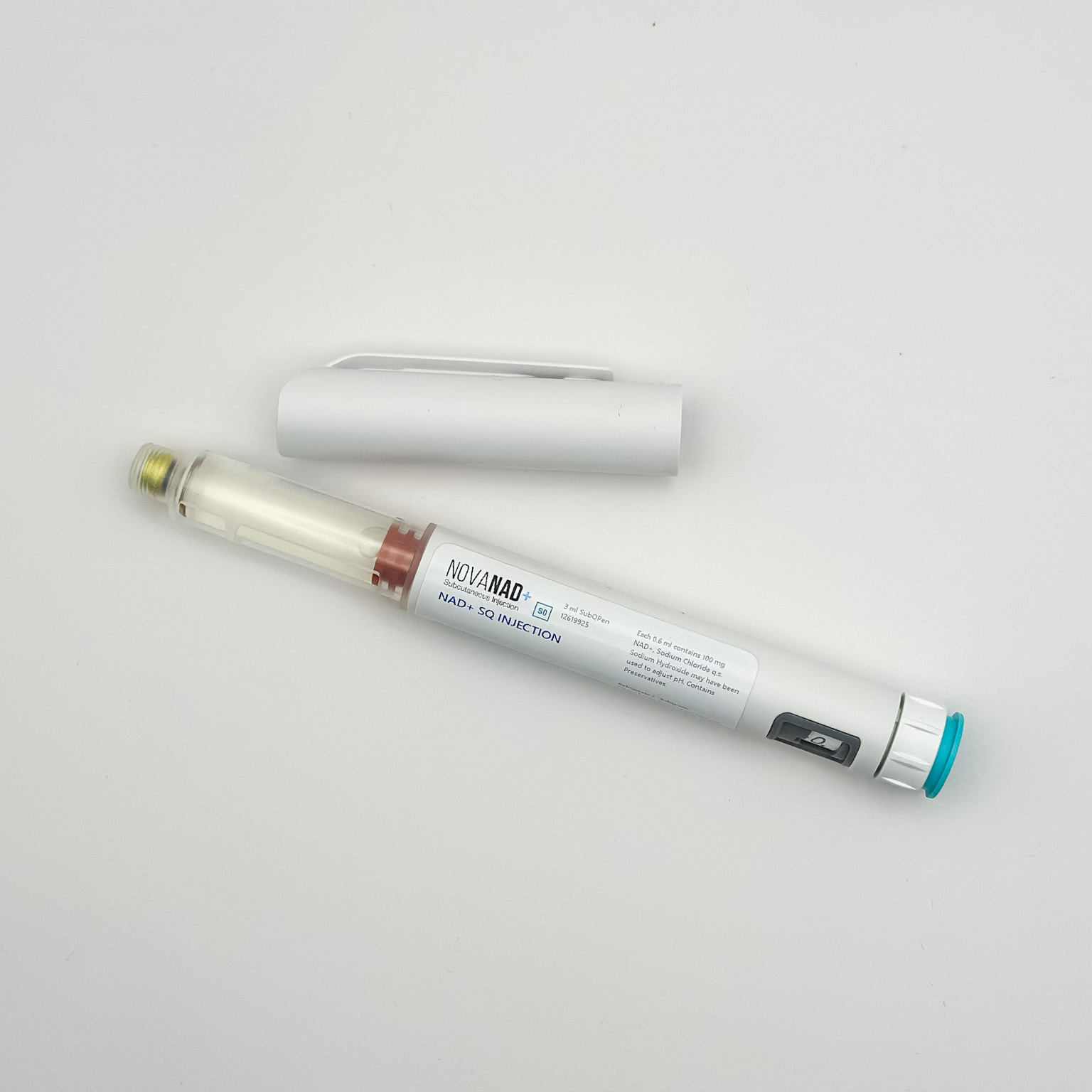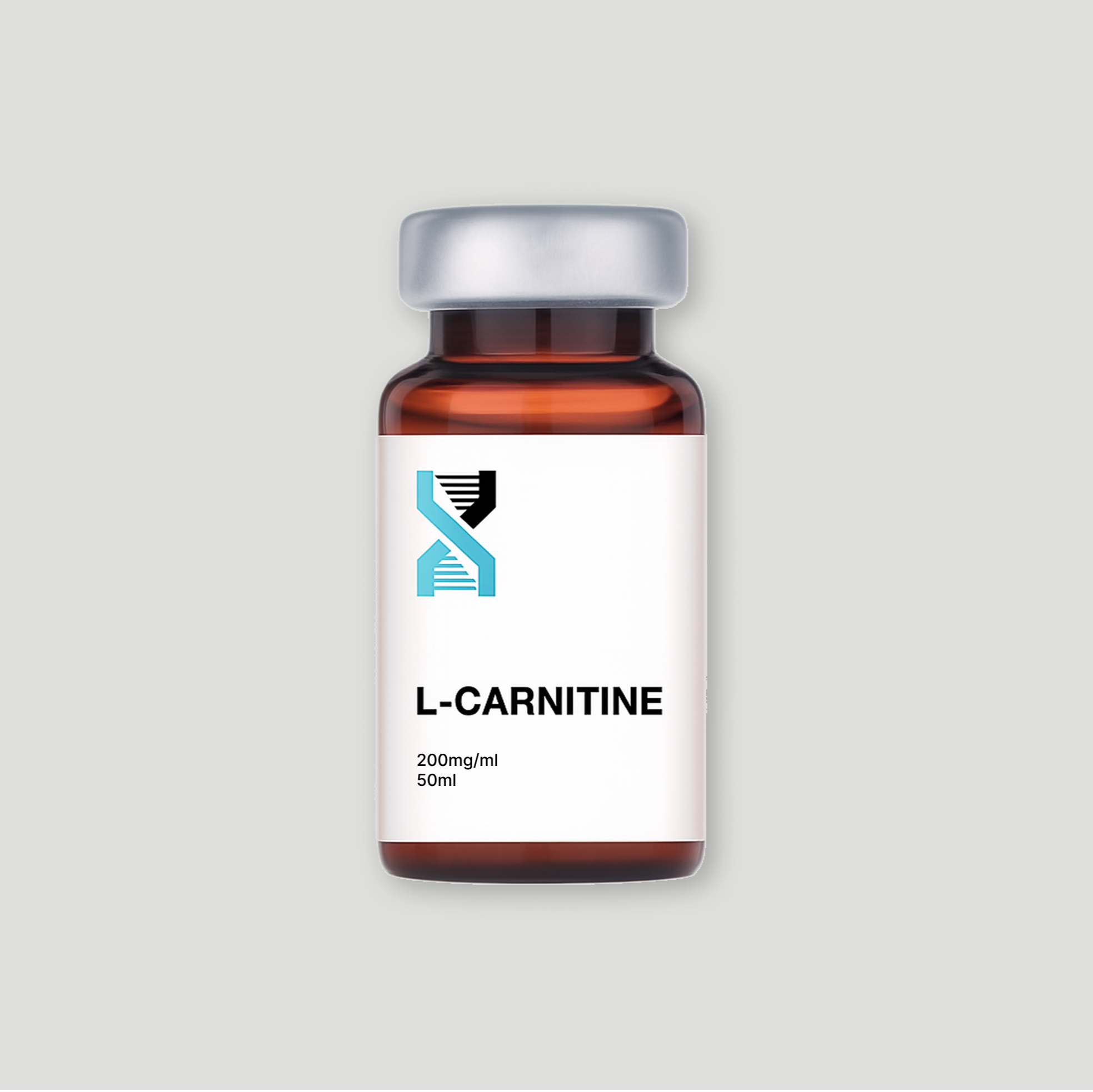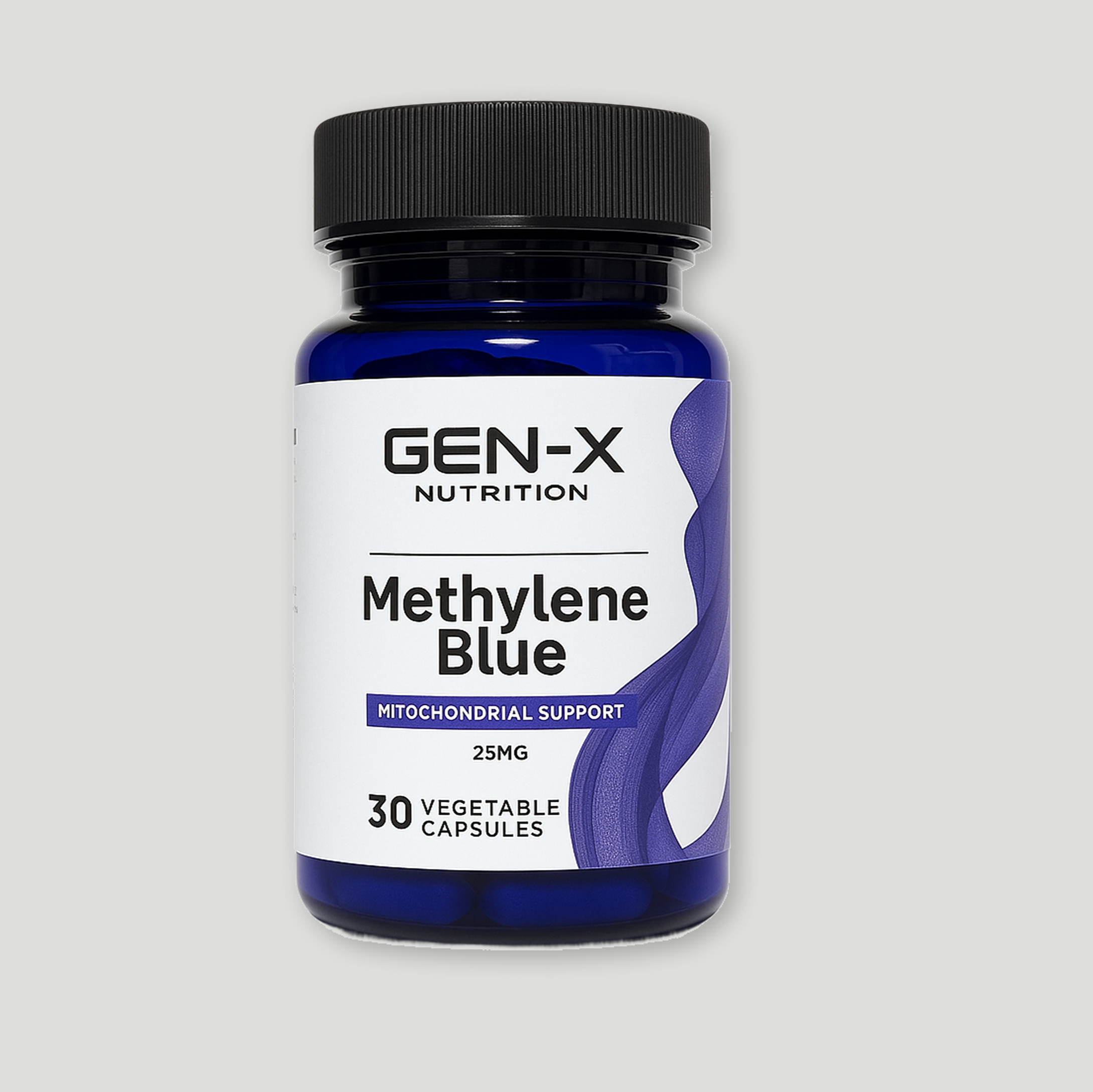Third Party Verified
Trusted by Clinics and Wellness Professionals Globally
Safe. Reliable. Clinically Formulated.
Over 500 Positive Reviews
CE-Certified & GMP-Compliant
Third Party Verified
Trusted by Clinics and Wellness Professionals Globally
Safe. Reliable. Clinically Formulated.
Over 500 Positive Reviews
CE-Certified & GMP-Compliant
Third Party Verified
Trusted by Clinics and Wellness Professionals Globally
Safe. Reliable. Clinically Formulated.
Over 500 Positive Reviews
CE-Certified & GMP-Compliant
We use cookies and similar technologies to provide the best experience on our website.
NAD+ Research – The Science Behind NovaNAD+
1. NAD+ and Cellular Metabolism
NAD+ is central to energy metabolism and redox homeostasis across all life forms. A landmark review by Spaans et al. (PubMed) highlighted NADPH-generating pathways in bacteria and archaea. Warburg and Christian’s pioneering research (Google Scholar) laid the foundation for understanding NAD in cellular respiration.
Canto et al. (PubMed) showed that nicotinamide riboside supplementation boosts oxidative metabolism and protects against diet-induced metabolic issues. Research by Braidy et al. (PubMed) and Massudi et al. (PubMed) explored NAD+’s decline with age and its connection to oxidative stress. Benfeitas et al. (PubMed) discussed NAD+ in redox heterogeneity and cancer cell metabolism.
2. NAD+ in Neuroprotection and Aging
NAD+ plays a critical role in neural resilience. Alano et al. (PubMed) demonstrated that NAD+ depletion triggers PARP-1-mediated neuronal death. Martire et al. (PubMed) found that PARP-1 inhibition restores bioenergetics in Alzheimer’s models.
Godoy et al. (PubMed) highlighted NAD+ signaling in Alzheimer’s pathophysiology. Zeng et al. (PubMed) found decreased PARP-1 in Alzheimer’s nuclei, linking NAD+ to epigenetic regulation. Neuroprotection through NAD+ precursors like NMN was shown by Wang et al. (PubMed) and Turunc Bayrakdar et al. (PubMed).
3. NAD+ and Cardiovascular Health
Tao et al. (PubMed) showed that minocycline protects cardiac tissue via PARP-1 inhibition. Tong et al. (PubMed) reported NAD+ improving mitochondrial tolerance in hypoxia. Wang et al. (PubMed) detailed NAD+ in neurovascular repair through Nrf2/HO-1.
Hershberger et al. (PubMed) reviewed NAD+/sirtuins in heart and kidney disease. Busso et al. (PubMed) described NAMPT’s inflammatory link. Niacin’s metabolic effects were explored by Guyton (PubMed) and Vaccari et al. (PubMed).
4. NAD+ in Skin and Mitochondrial Function
Oblong (PubMed) reviewed NAD+ in skin repair. Surjana et al. (PubMed) and Gensler (PubMed) found nicotinamide protects against UV damage. Tanno et al. (PubMed) showed enhanced skin lipid production.
Balu et al. (PubMed) used multiphoton NADH imaging to study keratinocyte metabolism. Yin et al. (PubMed) linked NAD+ to brain mitochondrial function. Grant & Kapoor (PubMed) studied NAD+ regeneration post oxidative stress.
5. Clinical and Emerging Applications
NAD+ therapy extends to inflammation and addiction. Wang & Miao (PubMed) presented NAMPT as a stroke target. Wei et al. (PubMed) showed NMN activation of Nrf2/HO-1. Diamond et al. (PubMed) linked NADPH oxidase to adhesion development.
For gut health, see: NAD+ Precursors & Gut Microbiota. For addiction: Sobriety and Satiety: NAD+ Potential.
Note: All references link to original peer-reviewed studies indexed on PubMed, PMC, or MDPI. For full bibliographic details, contact our support team.

Clinically formulated wellness, trusted worldwide.

Clinically formulated wellness, trusted worldwide.


